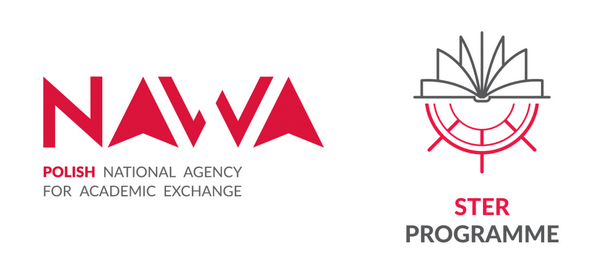As part of the research carried out in this area of research, both the foundations of theoretical physics and the application of mathematical methods in physics are developed. The experimental work includes both the development of new experimental methods and the application of the existing ones to applied physics research. Especially, in recent years. research in the field of quantum information theory, special functions, applied acoustics, organic photovoltaic cells and electromagnetic field propagation through plasmonic nano-systems are carried out.
Quantum information
The research in quantum information theory includes mainly quantum cryptography and communication protocols, random numbers generation using quantum resources, detection of quantum correlations both form theoretical and experimental perspective, with the emphasis put on quantum optics and quantum dots, foundations of quantum mechanics with focus on Bell non-locality and emergence of objectivity form quantum domain (Division of Theoretical Physics and Quantum Information). In these investigations standard quantum formalism and also quantum Shannon theory, linear algebra and graph theory are used. The most important achievements in that include development of a simple method allowing detection of quantum correlations (quantum entanglement), discovery of bound entanglement and clarification of its role in quantum cryptography, identification of quantum correlations, theoretical development of entanglement and contextuality (property closely related to Heisenberg uncertainty principle) measures.
Key words: quantum cryptography, quantum correlations; foundations of quantum mechanics
Special functions
The research on special functions applications in theoretical physics is focused on properties of selected special functions of mathematical physics (Division of Atomic, Molecular and Optical Physics). Particular interest is paid on Legendre and Jacobi functions and polynomials, and also in their parameter derivatives.
Key words: mathematical physics; special functions; Legendre and Jacobi polynomials
Applied acoustics
The theoretical research in applied acoustics is devoted to the nonlinear propagation of ultrasounds in fluids (Division of Theoretical Physics and Quantum Information). Analysis of nonlinear interactions of sound with non-wave types of fluid's motion is studied extensively. Development of the mathematical method which allows to describe the effects caused by aperiodic sound, impulses and wave packets is carried out. Acoustics of non-Newtonian fluids, and these ones with thermodynamic relaxation of different kinds is studied. Special attention is devoted to the self-refraction and thermal self-action of acoustic beams in non-Newtonian and dispersive fluid flows.
Key words: nonlinear propagation; ultrasounds; non-Newtonian fluids
Organic photovoltaic
The research in organic photovoltaic cell physics is concentrated on the experimental studies and developments of organic optoelectronic devices, in particular of organic photovoltaic cells and organic photodetectors (Division of Physics of Organic and Perovskite Photovoltaic Structures). The subject of the study are multilayer systems formed from organic and inorganic films obtained by means of vacuum deposition and spin coating. Experimental research includes characterization of spectral dependences of open-circuit voltage, short-circuit current and photocurrent, UV-VIS spectra, photosensitivity spectra and basic parameters of photovoltaic cells under white light illumination. Main research areas are processes of the energy and charge transport in molecular materials, photoconductivity, photogeneration and recombination of free charge carriers in organic and hybrid systems as well as electron and exciton processes occurring at the interface of different materials.
Key words: organic photovoltaic cell; organic photodetectors; spin coating; vacuum deposition; energy and charge transport
Electromagnetic field propagation
The theoretical studies on the electromagnetic field propagation through plasmonic nano-systems are concentrated on modelling of selected plasmonic systems in the nano scale, in particular arrays of gold and silver nanoparticles, and metamaterials (Division of Theoretical Physics and Quantum Information). Simulations of electromagnetic field propagation through these systems, using the FDTD (Finite Differences in Time Domain) and FETD (Finite Elements in Time Domain) are performed, giving field distributions (in both spatial and time domain), and also selected properties in the frequency domain.
Key words: electromagnetic field propagation; plasmonic nono-systems


